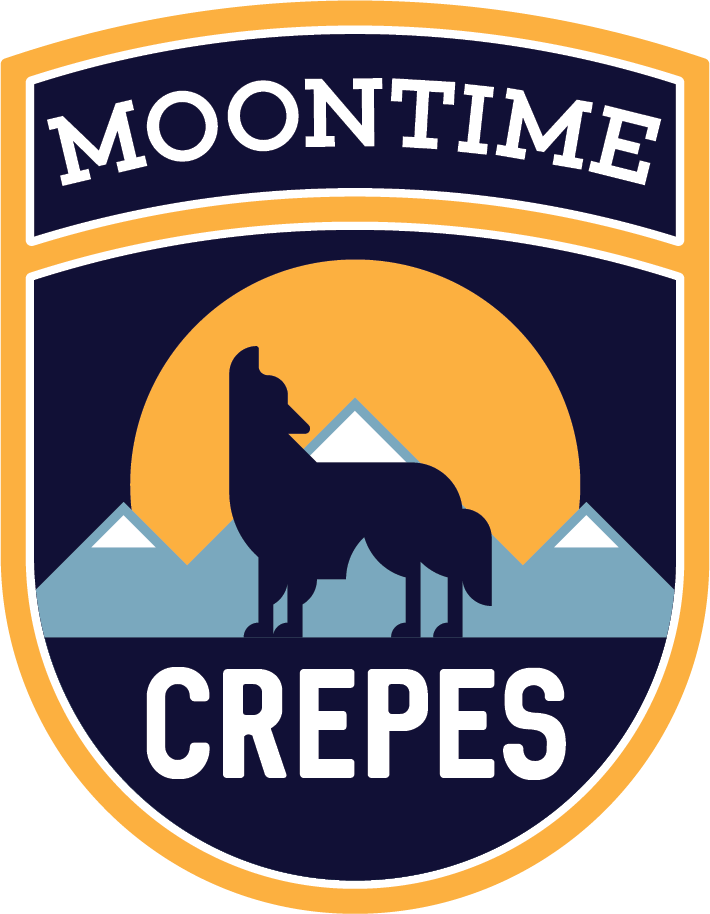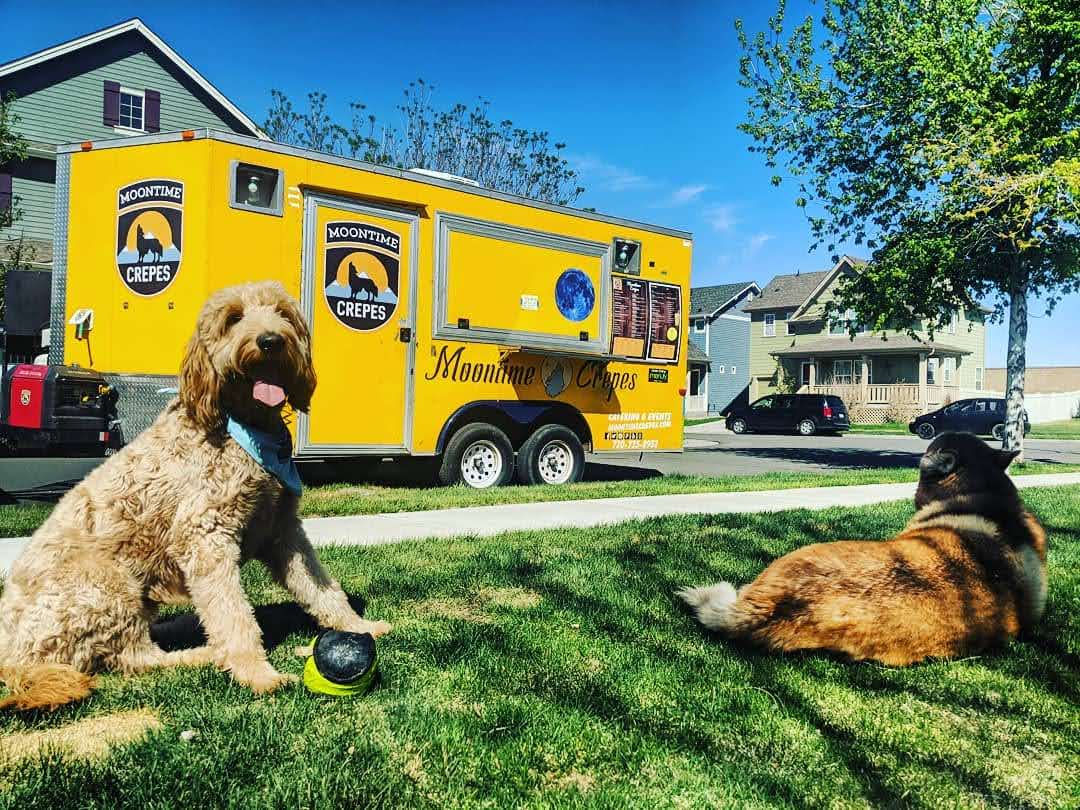Hey food truck enthusiast, ever wonder how food trucks became so popular in not only Denver but in practically every other city and mid-sized town across the United States? Well we do! For you food truck and history buffs (go CU!), we present a brief summary of the history of how food trucks like our Denver crepes food truck and similar variations like food carts came about.
In the 17th century, food trucks along the East Coast were a necessity. The reason for this was due to a the lack of established grocery stores. In cities like New York, Boston and Newark, food was sold in open air markets by immigrants from horse drawn carts. In 1691, New York City (then New Amsterdam) was home to push carts from which vendors sold various food staples. Some push cart vendors built small fires in metal cans to roast potatoes, yams and peanuts to sell to shoppers on the streets. But then the advent of trains and railroad commerce came along..
Trains Change Food Truck History
Once trains in the 1850s provided dining cars and freight trains carried food supplies to the Midwest and western territories, the transport from freight cars was by wagons. Many wagons offered pre-cooked foods like stews and chili to hungry miners, cattle drivers and ranchers. History records that the first diner train car was set up in 1872 in a horse drawn wagon.
Appeal of Food Trucks Throughout American History
It made perfect sense for colleges like Harvard, Yale, Princeton and Cornell Universities to allow vendors to sell hand food like sausages, pickles, pre-baked rolls and sandwiches from foodtruck wagons. Students nicknamed them “dog trucks.” The advent of automobiles and a nationwide highway system took foodtruck businesses to a broader level of accessibility and convenience and also created new small mobile businesses.
The military in 1817 found food trucks to be a convenient way to set up field trucks called “canteens” to feed military troops. It’s interesting to note that in 1870 the first hot dog cart opened on Coney Island. Later in 1936, Oscar Meyer opened their “Weiner Mobile.” This food truck towed a weiner shaped cart. It was the first hot dog shaped cart of its kind.
Taking Food Trucks to the Next Level
When city residents began to move to the suburbs, they found it convenient to purchase foods from foodtruck vendors. Milk, eggs, cheeses and bread were delivered to doorsteps in the late 1940s until the 1960s on delivery routes where grocery stores were not available. By the 1950s, kids and adults treated themselves to ice cream and Italian ices all sold from refrigerated food trucks. Ice cream trucks were famous for their jingling bells as they traveled from street to street. Italian ice vendors welcomed customers by singing Italian songs or playing Italian music.
The Roach Coaches of the 60s
By the mid 1960s, food trucks could be found wherever there were large numbers of employees such as manufacturing facilities, construction sites and college campuses. Foodtruck menus vastly changed from fast foods like sandwiches, hot dogs and hamburgers to small containers of soup, salad and slices of oven fresh pizza. Not to be outdone by hearty food staples, in the 1970s the newest US immigrants realized food trucks were a good business opportunity. They chose to offer foods from their native countries like tacos, falafel, Greek gyros, hot egg rolls, kielbasa, pierogi and of course.. CREPES! 🙂
BBQ and Seafood Trucks
In areas of the US where BBQ is a favorite style food, today’s foodtruck menus offer BBQ menus like ribs and chicken, as well as cheese steak sandwiches on thick crusty rolls. Meanwhile in seaside areas of ME, DE, MD, LA, FL, WA and OR, foodtruck menus include lobster rolls, fresh clams on the half shell, steamed Dungeness crab and deep fried softshell crab.
Modern-Day Grease Trucks
Perhaps one of the largest sites of food trucks is on the Rutgers University Campus. Dozens of trucks sell fast foods of numerous varieties. Students there call these campus caravans “Grease Trucks.”
In 2022 and moving forward, there’s no doubt the appeal and storied history of the food truck in the United States, will continue to resonate with people of all ages. There’s nothing more American (or human for that matter!) than getting together for a meal in your own backyard or in public.
The ability of the food truck to deliver a freshly made meal for you and any amount of people at any time of day or night is a proposition that cant be beat!

